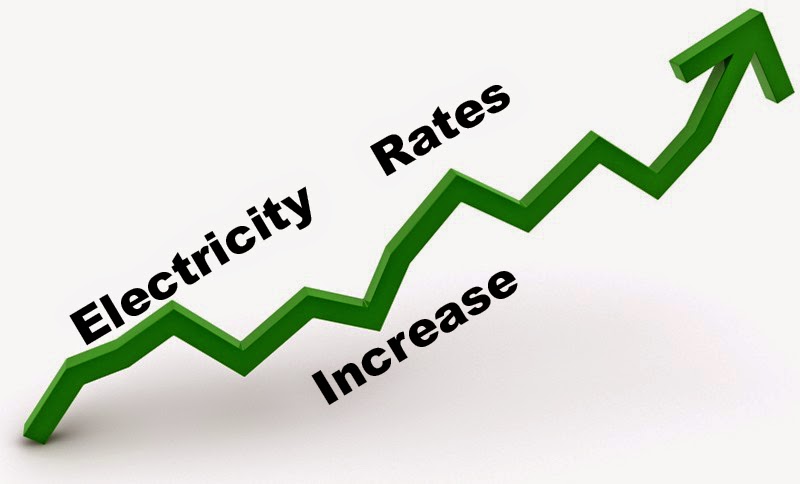KATHMANDU,
AUG 30 - Power charges could go up before the Dashain festival in October as
the Electricity Tariff Fixation Committee (ETFC) is likely to okay the Nepal
Electricity Authority’s (NEA) proposal to hike the tariff.
“The
NEA’s financial losses have been ballooning since its income to expenditure
ratio is not in balance. We have made a detailed study which suggests that a
price hike is required to maintain its balance sheet at a comfortable level,”
said Ganesh Prasad Subba, chairman of the ETFC. “The price hike might be
effective before Dashain.”
However,
the ETFC has not decided how high the rates will be increased. According to
sources, the power tariff is likely to go up 10-15 percent. Subba said several
other aspects of the NEA were examined including the directives given by the
government to reduce its expenditure before coming to a decision that the power
tariff needed to be hiked.
This
will be the second increase in the past two years. In June 2012, the ETFC had raised
the tariff by 20 percent for the first time in 11 years. It went into effect in
the last fiscal year.
Stating
that the increase was not sufficient to reduce its losses significantly, the
state-owned electric utility had ramped up the tariff right after the previous
hike in 2012. The ETFC had also formed a committee which conducted a series of
studies besides holding an interaction with stakeholders including consumers
and industrialists.
In
the last fiscal year 2013-14, the NEA incurred losses amounting to Rs 5.74
billion, up from Rs 3.71 billion in 2012-13. Its accumulated losses reached Rs
19.31 billion as of the last fiscal year.
NEA
officials said that a 20 percent hike this time would be justifiable as the
latest increase in 2012 fell short of its demand. At that time the NEA had
asked for a 40 percent hike.
They
added that the rates needed to be raised as independent power producers had
been asking for increased prices in their power purchase agreements (PPA).
According
to the NEA, it went into the red after starting to buy power from the Khimti
Hydropower Project in 1999 in US dollars. Its losses started to swell following
a similar agreement with the Bhote Koshi Power Project.
Meanwhile,
the ETFC has been working on a long-term mechanism under which the power tariff
would go up by 5 percent annually. Under the mechanism, the ETFC is planning to
charge different rates according to the season (dry and wet), from the next
fiscal year.
The
ETFC has been working on a formula which will forecast the price for the
particular fiscal year depending on factors like consumer price index,
inflation, industrial productivity, PPA with independent power producers,
impact on power consumers and the exchange rate of the US dollar.
Source:-
e-Kantipur

No comments:
Post a Comment